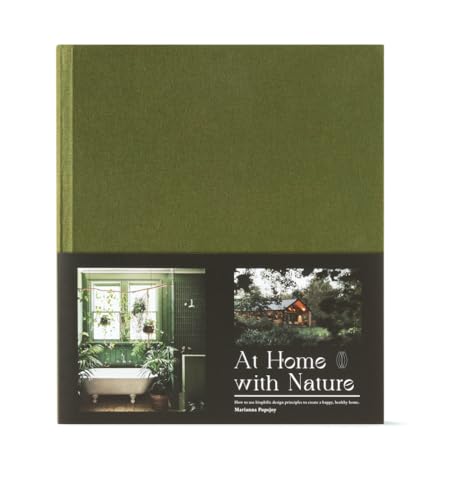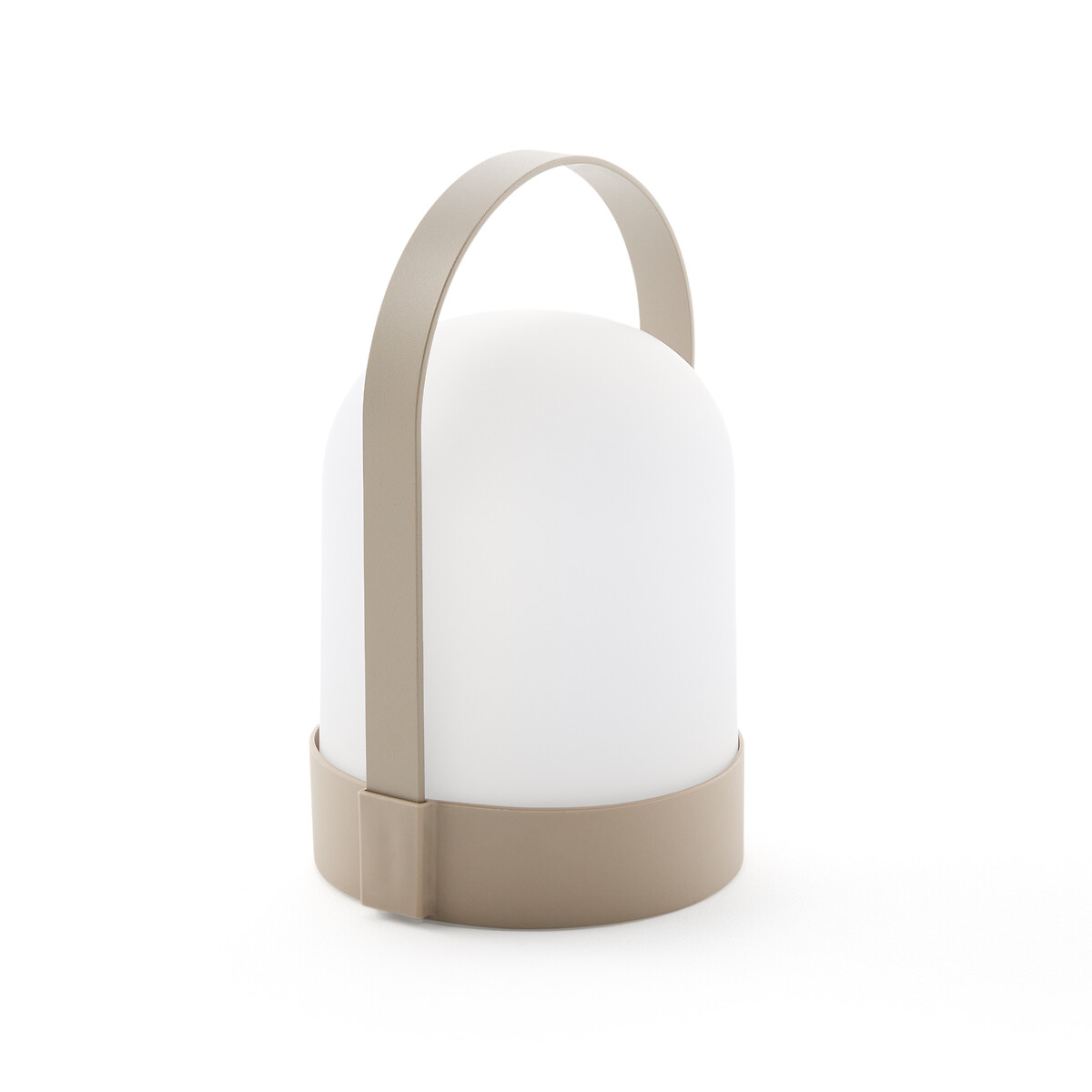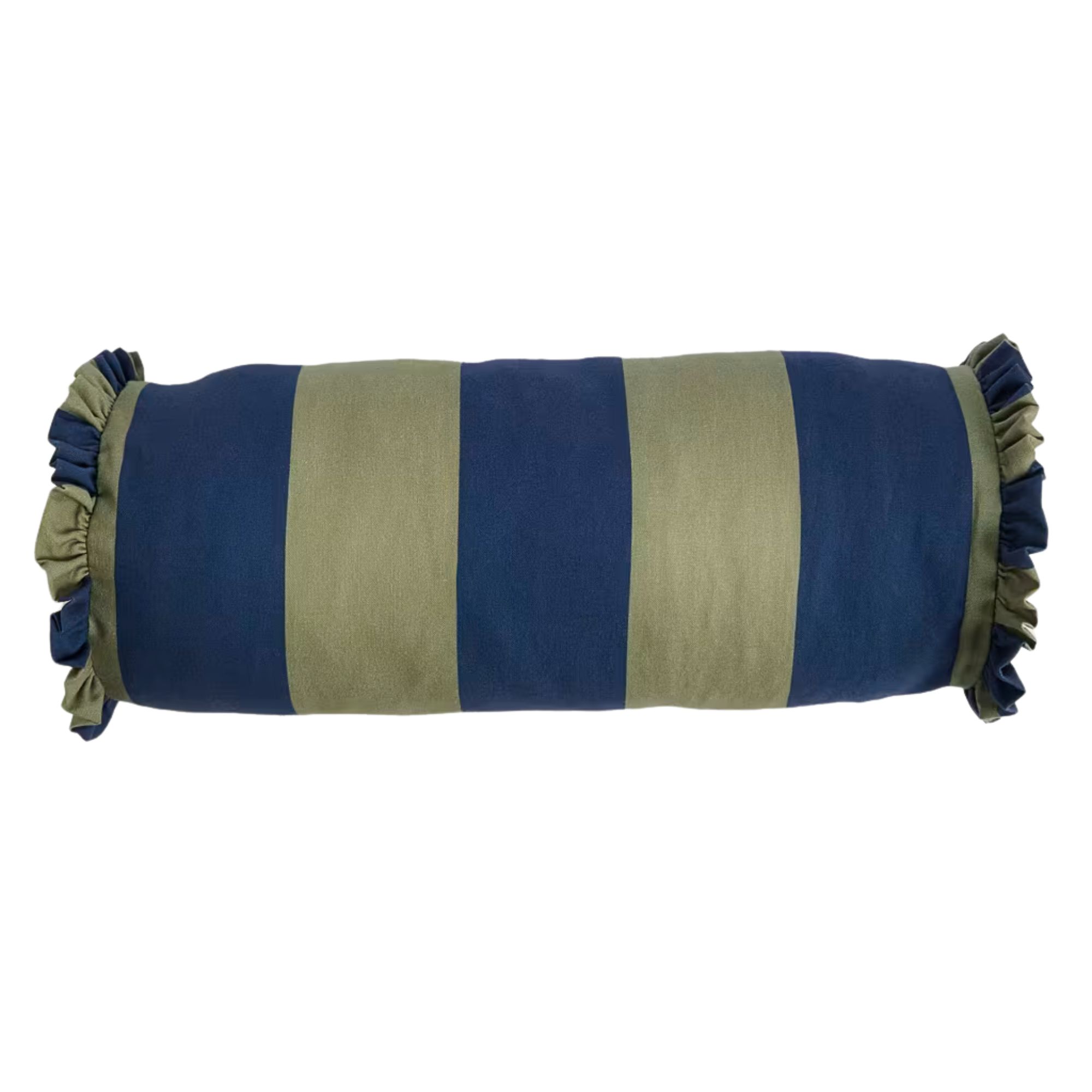10 Biophilic Living Room Ideas That Look and Feel Good — "They Inherently Make Us Feel Grounded"
A biophilic designer shares how to tap into the natural world when designing a living space that's the perfect retreat
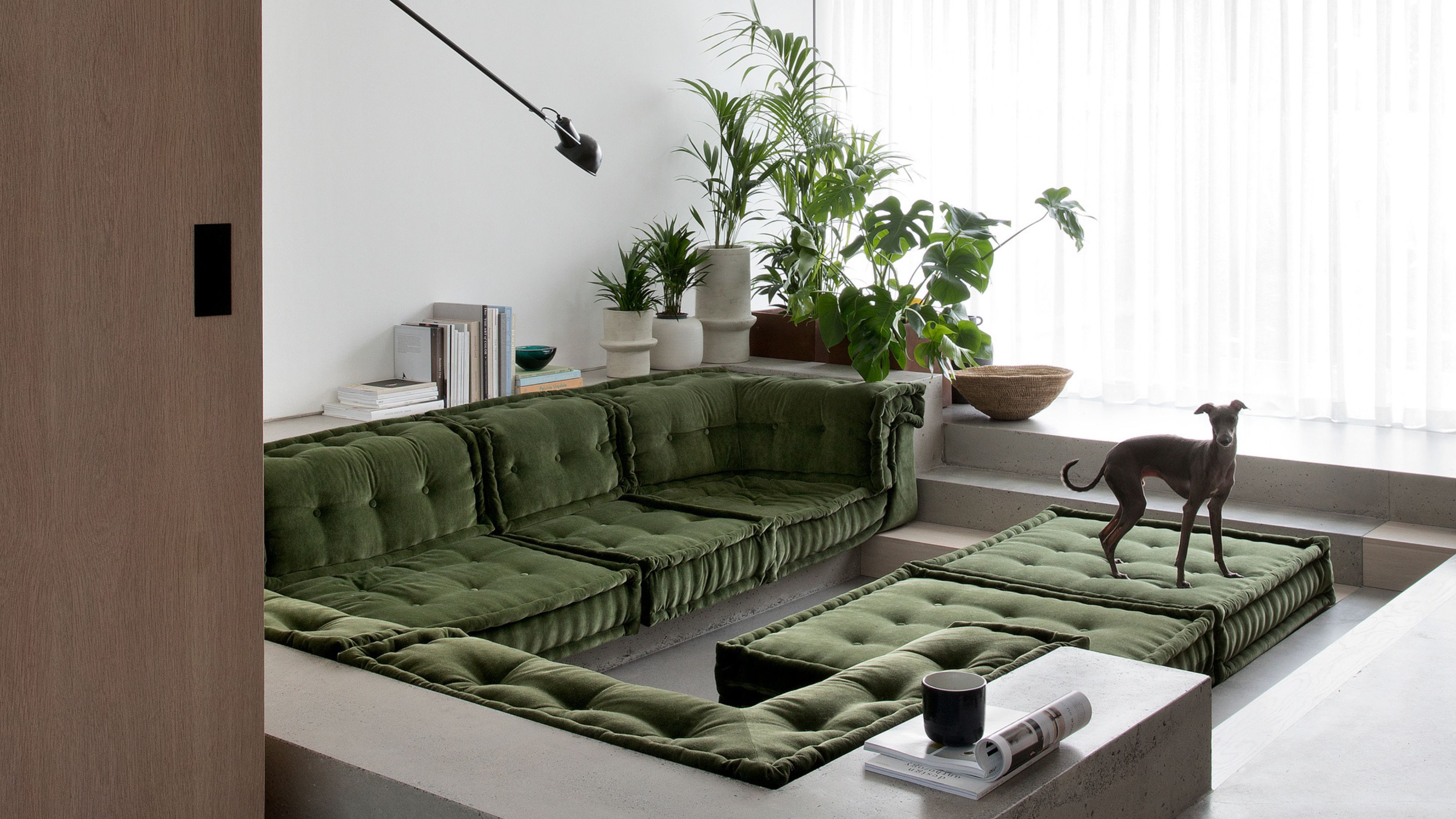

I grew up calling it the 'living room', but in our last house, it was 'the snug', perhaps due to its bijou proportions. In our current home, it lends itself to more of a'sitting room' as its the darkest room, and therefore somewhere nice and cool to retreat to when the sun gets too hot.
Whatever you decide to call it, you want your living room to be a space that is comfortable and inviting; at the end of a long day, you want it to be there, ready to embrace you with a warm hug. Biophilic living rooms do just that.
Now, it's not a one-size-fits-all approach with biophilic interior design. Before you start any room design, it’s worth doing a little bit of self-reflection and asking yourself what the elements from nature are that you and the people in your home find soothing or invigorating — then find ways to bring those elements into your space so that they can nurture and support you.
I’m a biophilic designer, and below, I've shared 10 biophilic living room ideas that will feel just as good as they look.
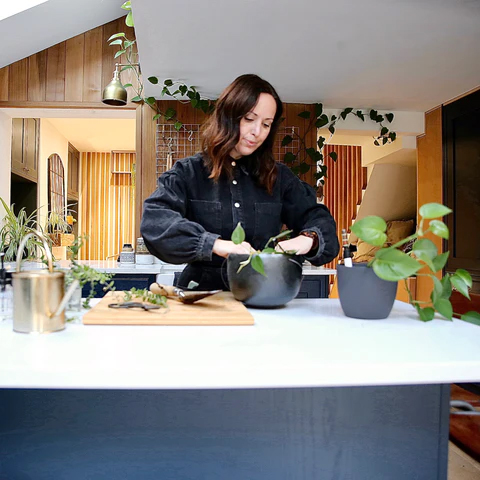
Marianna Popejoy is an interior designer specializing in biophilic design. She’s worked on numerous projects from outdoor bathrooms and garden layouts, to jungle-inspired interiors. Her work and home have been featured globally by Architectural Digest and Apartment Therapy, and her recently published book At Home with Nature is aimed at helping people make realistic, achievable changes to their homes by incorporating elements from nature.
1. Functionality Always Comes First
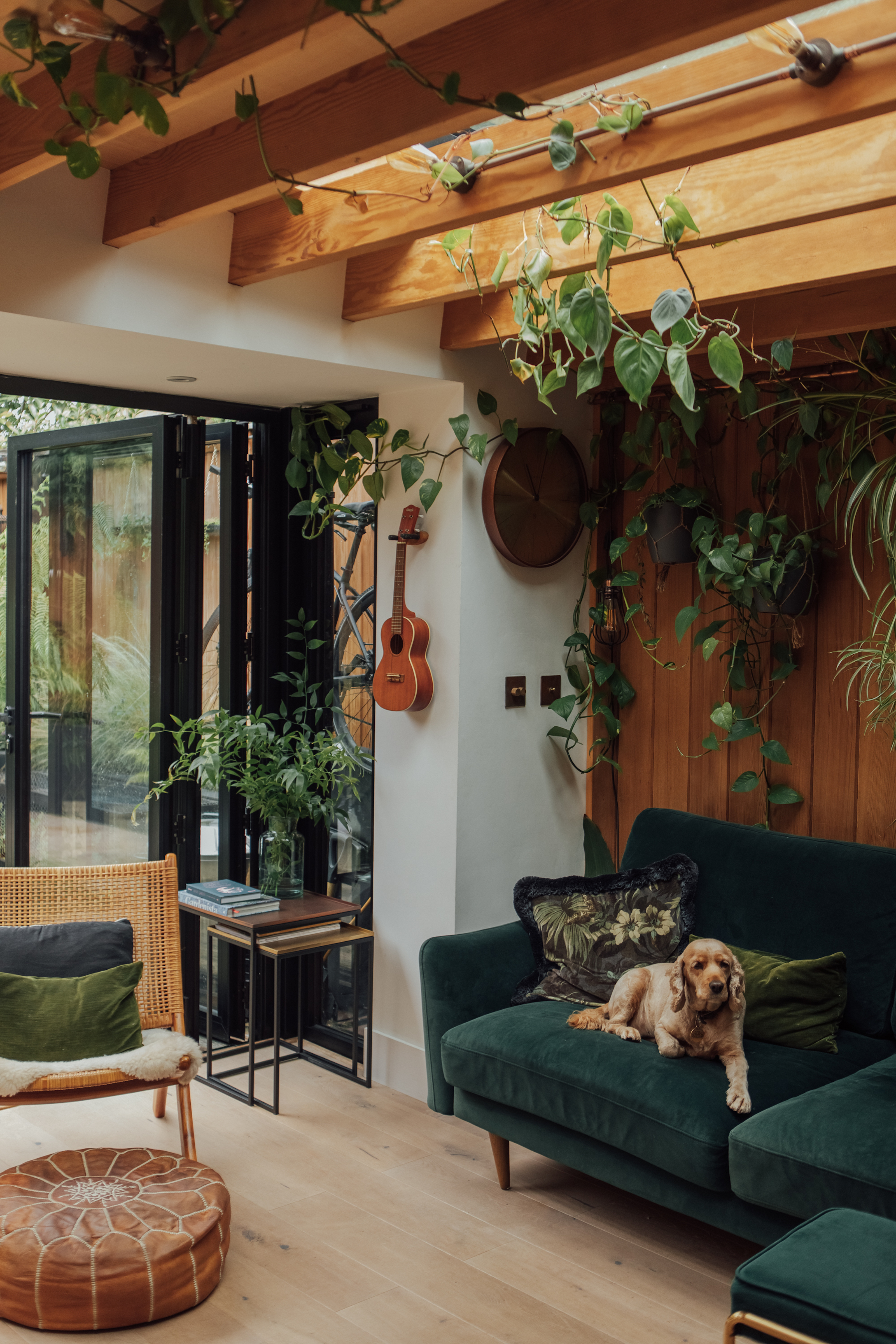
As with any good living room design, you must consider the way you use the space first.
Carefully considering the functionality of your living room will help you to pinpoint the natural elements and patterns from nature that will best enhance its purpose. When functionality is considered first, biophilic elements can be thoughtfully integrated in a way that feels natural and harmonious with the overall design of the room.
Start by making a list of the fundamental functions you would like your biophilic living room to live up to. This will form the basis of your design decisions moving forward and hopefully stop you going off-piste the minute someone utters something like 'sale'.
Is it a multi-functional, multi-generational space, or a room purely for relaxing as a family? Once you know what is at the foundation of your modern living room design, you can start building the rest of the framework from there.
The Livingetc newsletters are your inside source for what’s shaping interiors now - and what’s next. Discover trend forecasts, smart style ideas, and curated shopping inspiration that brings design to life. Subscribe today and stay ahead of the curve.
There’s no point in investing in built-in bookshelves and a beautiful oversized sofa, just to realize that the only place you can put down your cup of tea is on the opposite side of the room.
Consider your power points, too. Especially when it comes to built-in cabinetry, measure the depth of the electrical item that you want to place on those shelves, including the wires and the plug socket, or face the reality of a rickety record player forever.
2. The Concept of 'Prospect And Refuge'
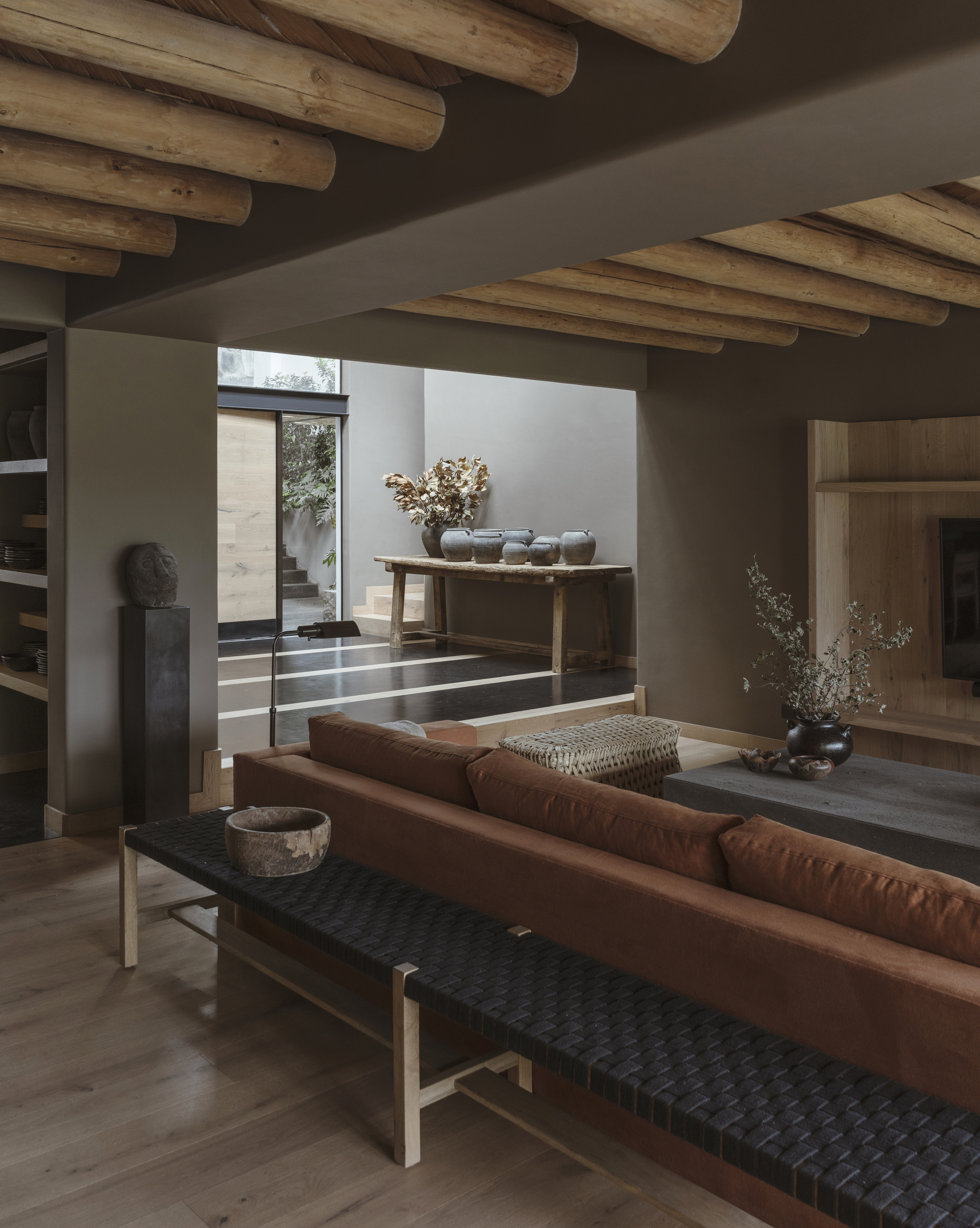
Creating a 'nature'-inspired cover overhead — such as timber ceiling beams — helps us to feel protected.
Once you’ve considered the functionality and living room layout ideas that best serve the space, you want to ensure that it's a room that is both inviting and cocooning. If it's a multi-functional space that moonlights as a home office or is open-plan, you’re going to want to factor in some clever zoning so you can still feel like you’re tucked away in a cozy retreat, completely oblivious to the distractions that spike your cortisol levels and prevent you from fully switching off.
The idea of ‘prospect and refuge’ in biophilic design involves creating that feeling of looking out over your surroundings from a protected position. To achieve an association of being in a safe place of refuge, you ideally need a cover overhead or a wall or screen behind you to minimize unwanted surprises.
If you’re lucky enough to have a door that separates your living room from the rest of the house, then you could color-drench the entire space, along with any cabinetry, in order for the room to fully embrace you.
You could also achieve something similar in an open-plan space by wrapping the area in panelling to create a similar feel while adding some texture in a natural material, too.
3. Create a Sense of Place With Vintage
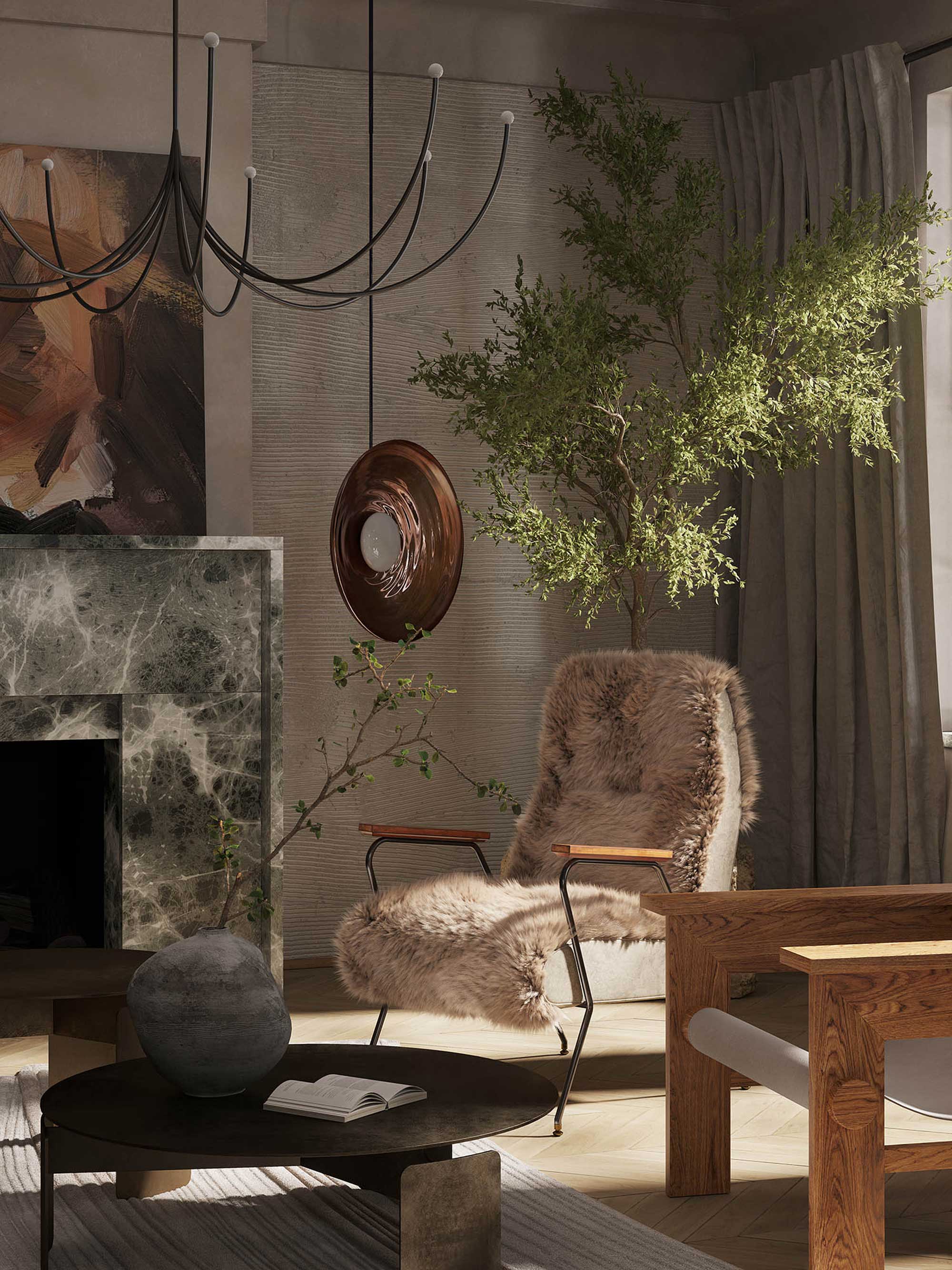
Not only does it wear nature's pretty, time-worn patina, but buying vintage and antiques is also better for the environment.
Learning how to thrift vintage furniture for your home, particularly if it sparks memories or has a special connection to your family history, is a great way to not only add character to your living room, but it's better for the environment, and will also prevent the space from feeling flat or soulless.
Vintage ceramics and art are also an effective way of adding character to a biophilic living room which architecturally might be lacking in structural features. As I write this article, spring is in full swing and car boot sales are back with a bang, bursting with hidden treasures to make your living room feel more lived-in and loved.
4. Recreate Nature's 'Golden Hour'
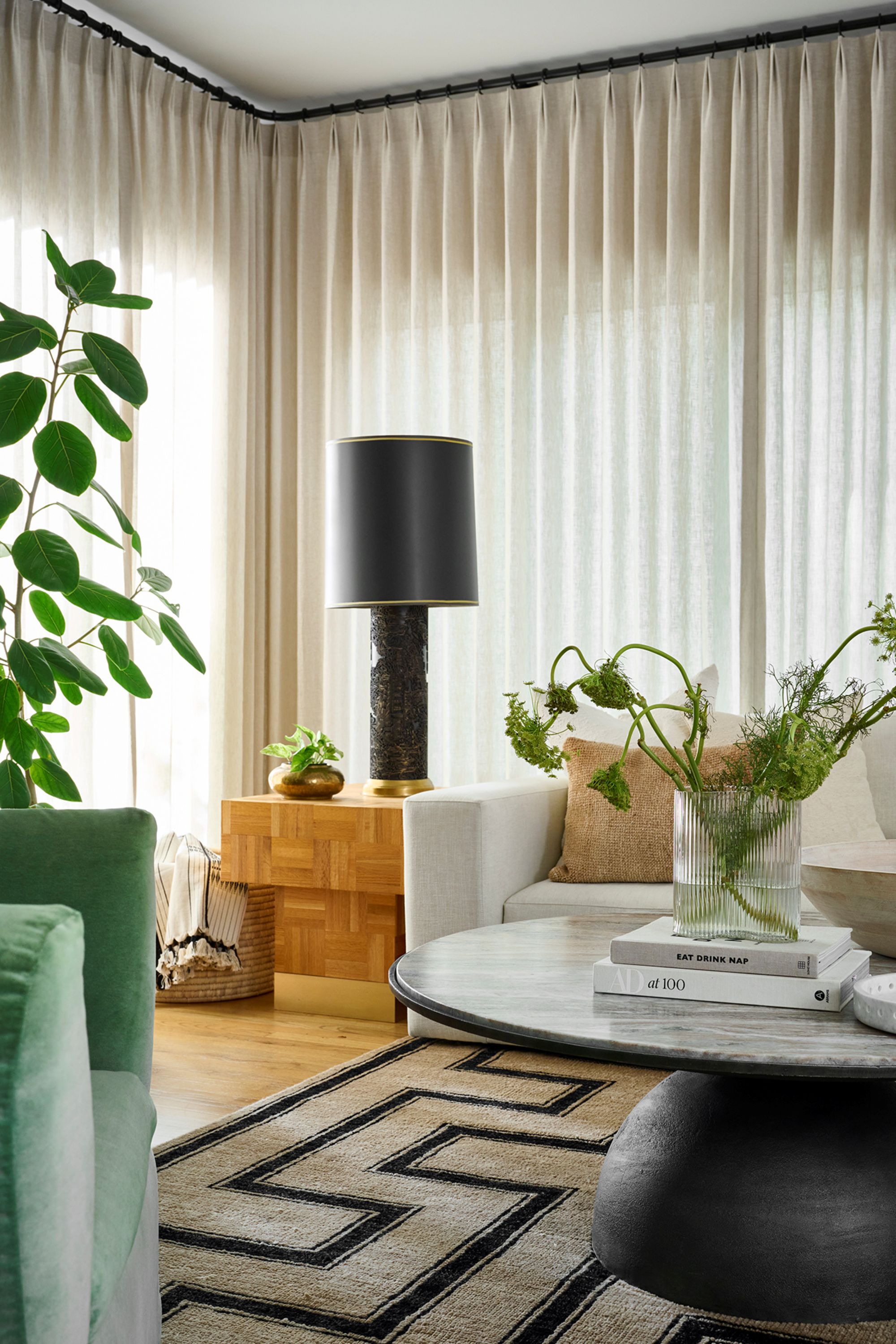
Try to emulate nature's 'golden hour' through your lighting scheme, with a softer, warmer glow.
Presuming you’re not going to be performing too many intricate tasks in your living room, bypass task lighting and focus more on ambient lighting. Soft, indirect living room lighting is what you need to consider when designing a biophilic living room to retreat to.
The brief — think golden hour meets gentlemen's club. Everything looks better in golden hour, and it naturally brings with it a sense of calm and winding down.
To create a similar relaxed and intimate atmosphere, try to emulate this with table or floor lamps. Go oversized to create a more design-led statement piece — using only warm bulbs, please — cool white is not welcome here.
Or if space is limited, up the ante with the materiality on the lamps, as we want our biophilic living rooms to feel like a real retreat when we’re in them.
Heathfield and Co have recently released a range of portable lamps in collaboration with garden designer Pollyanna Wilkinson, that can be picked up and taken outside on those early summer evenings when you fancy taking the living room outdoors, to enjoy soaking in the real golden hour.
5. Add a Natural Focal Point
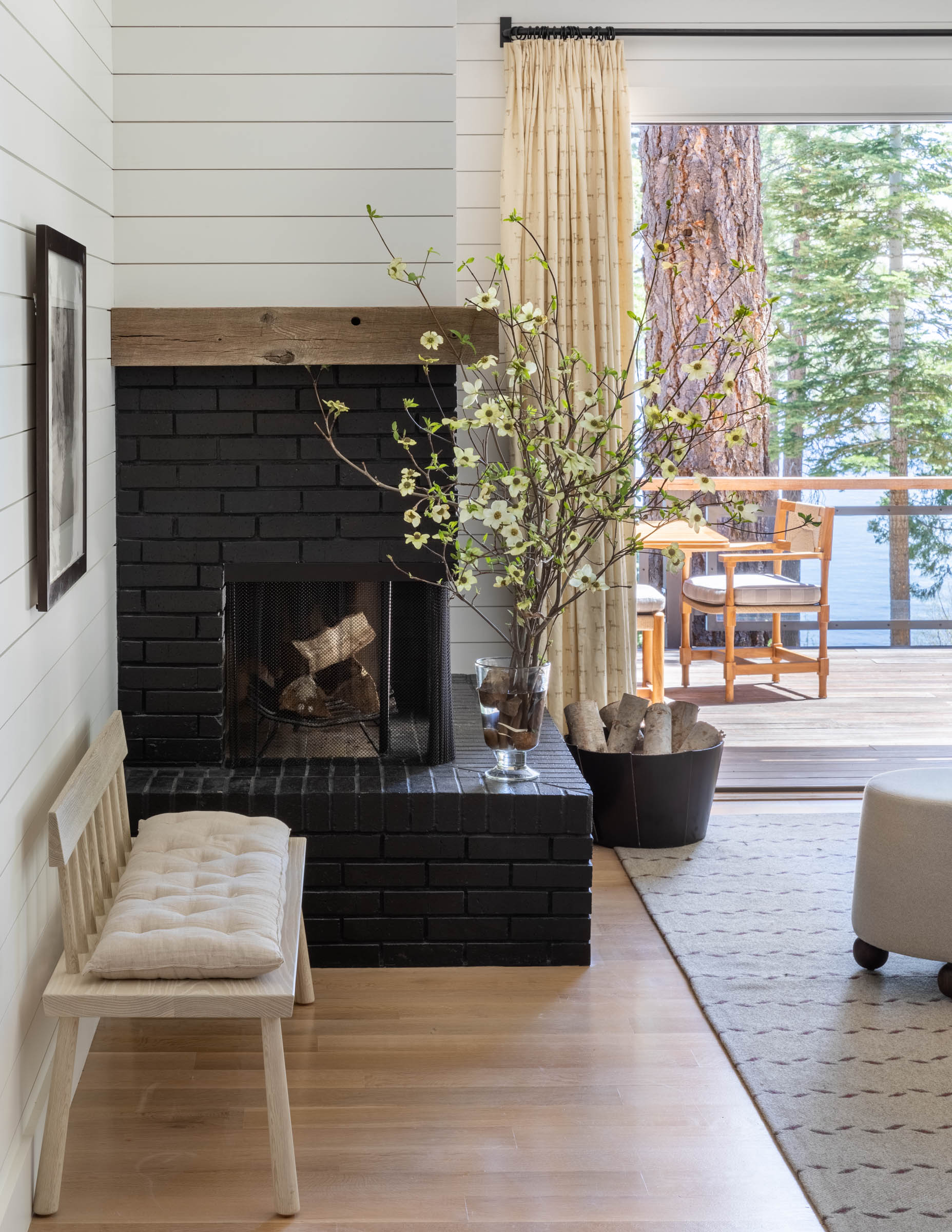
The best biophilic living rooms create a focal point that champions an element of nature.
The focal point in a room doesn’t have to have a purpose — it can simply be a thing of beauty. Adding cozy fireplace ideas to your biophilic living room not only serves as decoration or to add warmth, but it also gives the eye somewhere to break away to and daydream.
Fire is inherently dynamic. We find the flickering flames, the crackling sounds, and the shifting patterns of light and shadow soothing. They provide a rich and engaging sensory experience, as well as giving our design a solid focal point to build around.
The great news is you no longer need to feel left out if you were not blessed in the chimney department. Bioethanol fireplaces come in a wide variety of sleek, contemporary designs. They can be freestanding, wall-mounted, or integrated into furniture, meaning that you don’t have to compromise any of your usable space to fit one into the design of your biophilic living room.
6. Consider Nature's Color Psychology
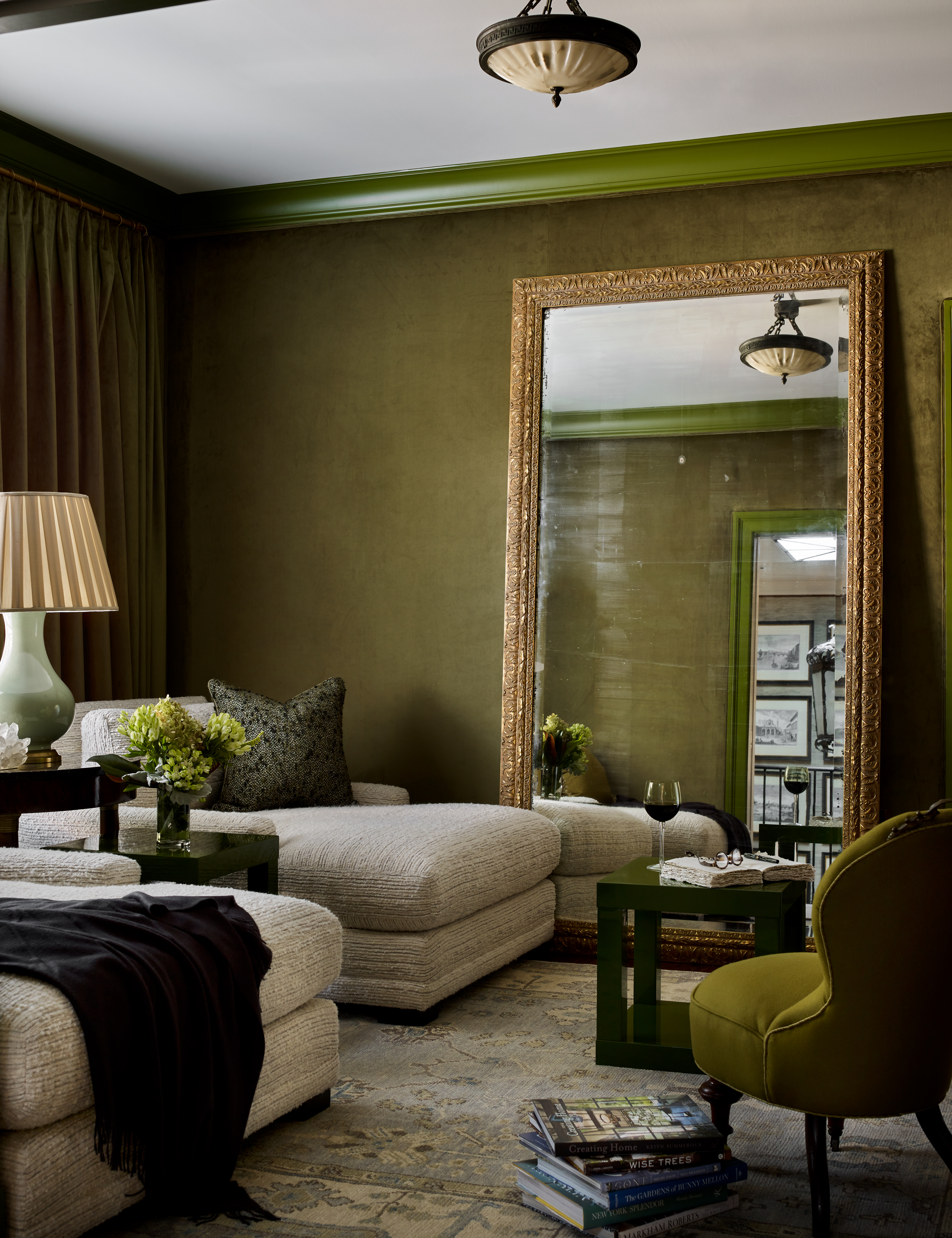
Be inspired to draw color inspiration from the natural world for biophilic living rooms.
I don’t know about you, but when it comes to living room color ideas, I tend to lean towards a dark and moody aesthetic. There may be a number of reasons why people feel the irresistible urge to embrace the darker side when it comes to choosing a palette for their living rooms, and biophilia is one of them.
The biophilic design approach to color psychology promotes the use of color in our built environments that evoke specific connections with nature. The use of darker hues could very well conjure up visual triggers of how we experience a landscape during twilight, and maybe even associations with the earth itself.
This could be why we’ve seen a shift towards decorating with earthier shades such as rich browns and ochres, as they inherently make us feel grounded and connected to the earth, providing a sense of stability, security, and being rooted in our surroundings.
Darker colors also absorb light, which can make a large or open-plan living room feel more enclosed and intimate. But if you prefer a light and airy aesthetic in your living room during the daytime because of the way you use the space, you could still introduce those earthier tones into the scheme through the art that you display on your walls or in the textiles that you use to style it.
7. Layer in Your Life
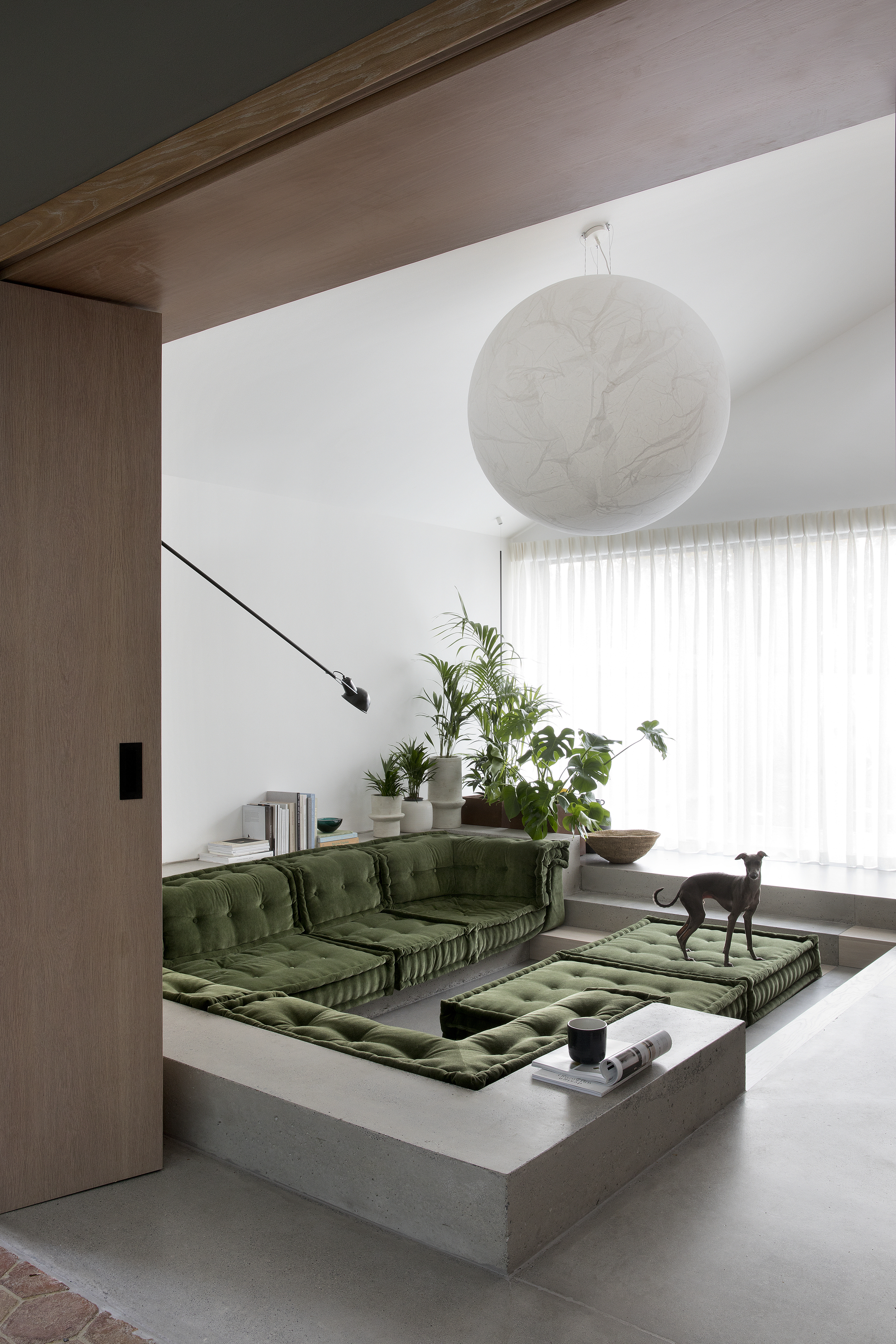
But it's not just about how you layer in nature to your space, you also need to layer in your life.
What does layering mean to you? Your home and the spaces within it should embody the characters of you and the people that live there. Do you love to snuggle on your favorite armchair with a good book and a cozy blanket? Or maybe you prefer to sip on a cocktail at the weekend and listen to music?
Creating small moments like these around the biophilic living room by setting up a book nook, framing your favorite album covers, or styling a cocktail mixing station within your media unit could be just some of the ways you could introduce some of your interests into the space and, in the process, encourage you to put down the smartphone and do something more nourishing for your soul instead — all while injecting a little bit of your personality into your space, too.
8. Choose Sensory Elements That Mimic Nature
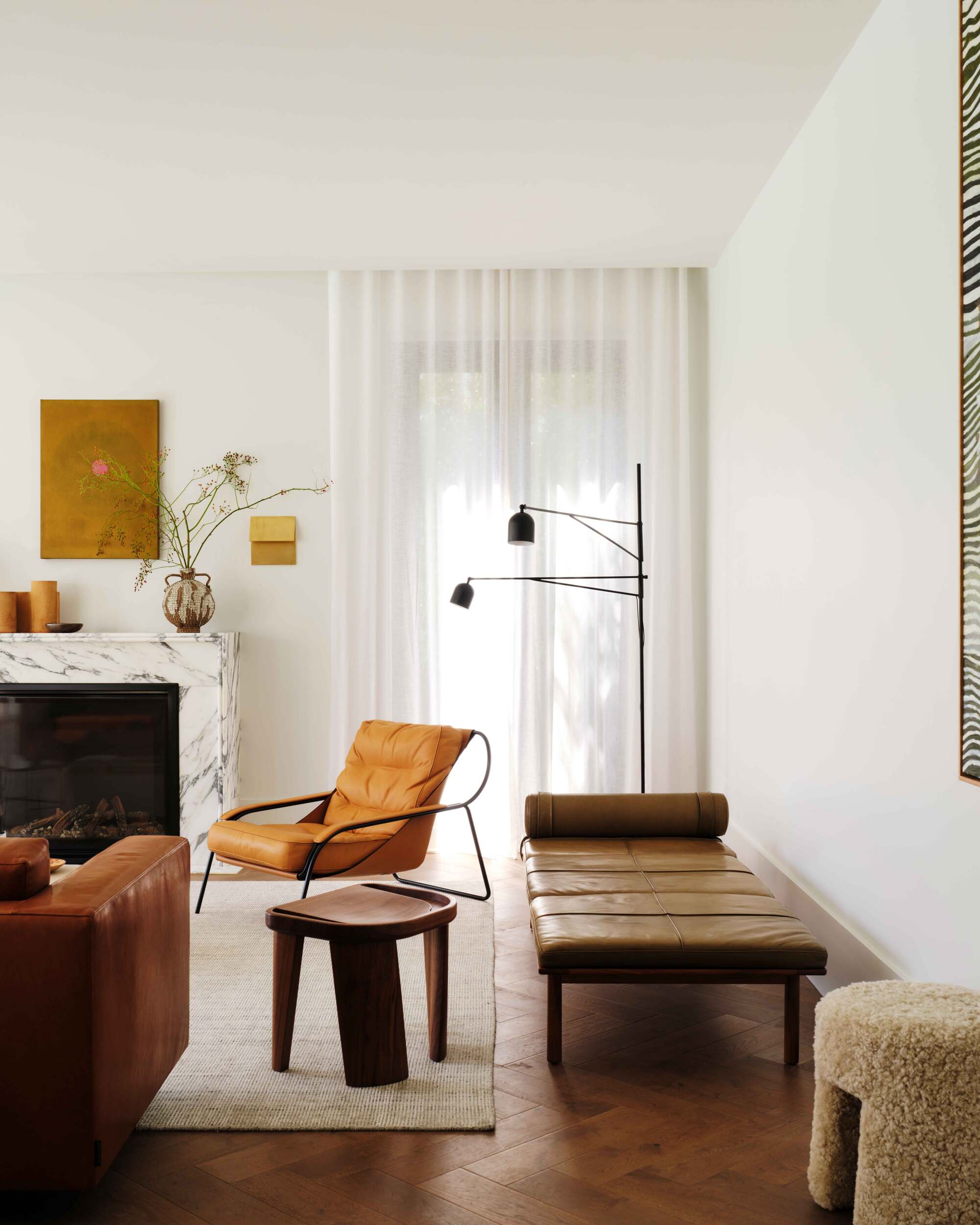
The material palette plays a big part in biophilic living rooms, as well as how well you'll enjoy being in the space.
It is estimated that about 15–20% of the population is neurodiverse, and where we each land on that wide and varied spectrum will play a significant part in dictating how many sensory elements we are comfortable with. This choice is completely unique to you; only you and the other people you share your home with really matter.
As a biophilic interior designer, I’ve found fabrics such as velvet extremely divisive — what feels velvety soft to one person, can set another person's teeth on edge. The same thing can be said for all of the sensory elements within your room.
For example, as I’ve gotten older, I’ve lost my sweet-tooth for scents and can not abide sugary scented candles. I much prefer a spa-like scent, with natural, botanical undertones. I find them much more calming.
Once you have figured out what sensory elements relax you, you can set about creating an atmosphere in your living room that makes you feel fully at ease. Layer up the textures that you love to add depth; whether that be natural linen, comforting corduroy, or tactile bouclé.
This is your space, and unless you feel completely comfortable in your surroundings, you cannot even begin to feel those shoulders drop. And of course, with biophilic living rooms, it's best to keep it natural. Natural materials engage our senses in ways that artificial ones often don't. The textures of wood, the coolness of stone, the softness of wool, and the visual variations in natural fibers provide a richer and more stimulating sensory experience, mirroring the complexity of the natural world.
9. Always Opt for Organic Shapes
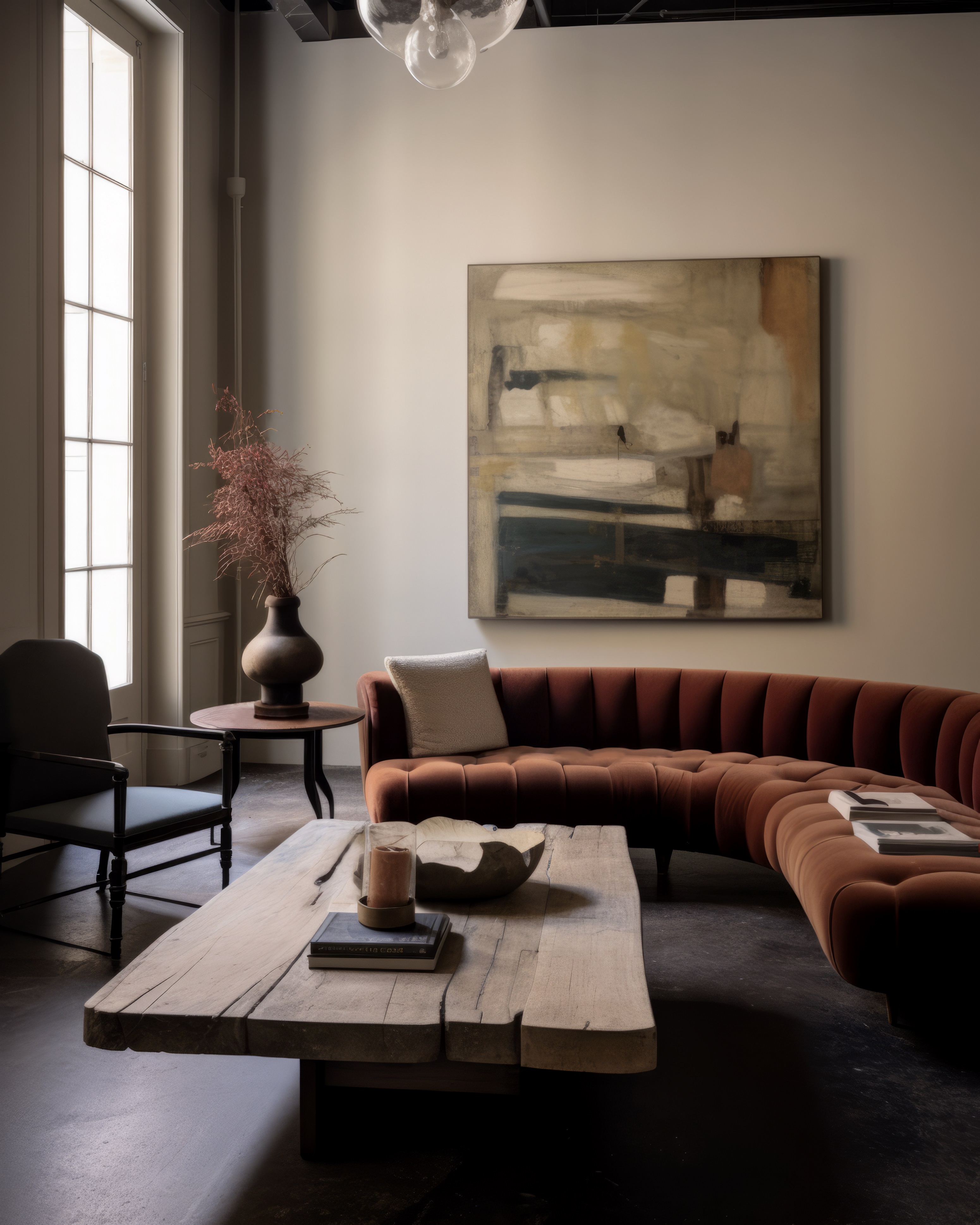
Biophilic living rooms will be filled with soft, curving, organic shapes, rather than anything to straight, sharp, or linear.
More often than not, when people are asked to choose between an object that is either linear or curved, they will choose the latter. Whether it’s a watch face, letter font, or piece of furniture, time and time again we will pick the curvier option.
Curved sofas, as well as appearing softer and more comfortable, mean that when people are sitting at either end, they can get a little bit of facial contact without physically having to turn towards that person.
There are endless ways for you to soften the hard edges of existing furniture if it feels too angular or boxy, such as bringing in a round cushion or bolster. Layering circular-shaped rugs is an effective way to bring a space together, too.
It will also help to anchor your furniture and make a seating area seem more inviting. Round or kidney-shaped coffee tables and free-form shelving units feel less formal as well as being less obstructive and easy to manoeuvre around for smaller spaces.
10. More Trees, Please

It may sound obvious, but the easiest way to embrace biophilic living rooms is through plants and trees.
I’m willing to bet that most of you that have ever been on a house viewing — whether that is to buy or rent — have played a game of 'Where Will the Christmas Tree Go?' It’s strange how the importance of this iconic but relatively small seasonal portion of our year holds such significance to those of us that celebrate Christmas, isn’t it?
But long before Christianity, evergreen trees and plants held significance during the winter solstice. In many cultures evergreens symbolize life, hope, and the promise of renewal during the darkest days, reminding people that spring and new growth would return.
So here’s the thing... trees are for way more than just Christmas. We have a couple of large Ficus Benjamina trees in our house right now. Both were purchased from Facebook Marketplace, so they were relatively inexpensive. Both pack a real punch of lush, verdant foliage all year round. They’re real joy bringers, adding actual biophilia to our living room.
The same can be said of any houseplant, too: they help to lift even the most soulless of spaces and will lift your spirits as a result. So if an indoor tree is out of the question, opt for a cluster of three plants instead — because odd numbers always, remember — and then vary them in height to create more depth and dynamism in the arrangement, similar to how plants would appear in nature.
I hope these ideas have filled you with confidence when it comes to designing your own biophilic living room, empowering you to enrich your space for the better.
Just like the natural landscapes outside of our windows, our homes and our lives are forever evolving, so I encourage you to continually revisit this list in the future so that you can pick and choose the tips that you feel serve you and your family's needs as and when you need them the most.

Marianna Popejoy is an interior designer specializing in biophilic design. She’s worked on numerous projects from outdoor bathrooms and garden layouts, to jungle-inspired interiors. Her work and home have been featured globally by Architectural Digest and Apartment Therapy and she is currently in the process of writing a book aimed at helping people make realistic, achievable changes to their homes by incorporating elements from nature.
